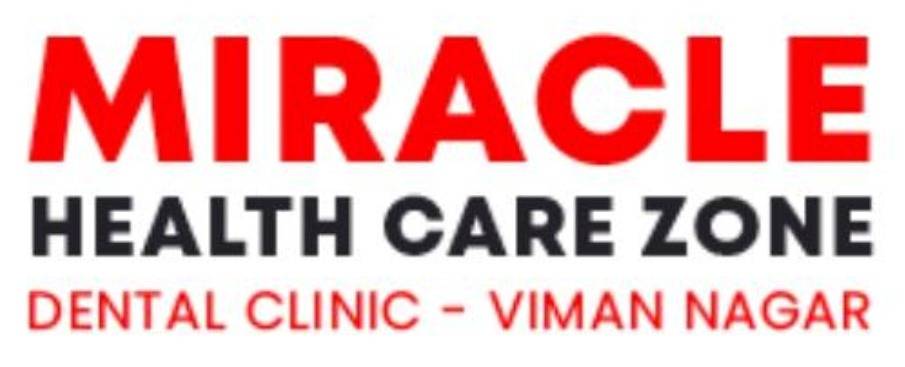INTRODUCTION TO LASER DENTISTRY
LASER stands for Light Amplification by the Stimulated Emission of Radiation. The instrument creates light energy in a very narrow and focused beam. This narrow focused beam produces a reaction when it hits the tissue, allowing it to remove or shape the tissue.
Nowadays, a variety of dental diseases are treated with lasers in dentistry. Compared to drills or other non-laser instruments, it has provided a more comfortable treatment option for some dental operations involving tissues.
Numerous operations can be performed with laser dentistry, such as:
• Treating hypersensitivity
• Treating gum diseases
• Treating gum pigmentation
• Treating tooth decay
1. Treating Hypersensitivity
Laser dentistry is highly effective in addressing tooth sensitivity, a common issue where teeth become overly sensitive to hot, cold, or sugary foods. The laser helps seal tiny tubules on the tooth’s surface that transmit these sensations to the nerves. This treatment offers quick relief and enhances long-term dental comfort without invasive procedures.
2. Treating Gum Diseases
Lasers are used to treat gum diseases like gingivitis and periodontitis. The focused laser beam precisely targets and removes infected or inflamed tissue without harming surrounding areas. It also sterilizes the area, reducing the risk of further infection and promoting faster healing. This technique minimizes bleeding, swelling, and discomfort compared to traditional methods.
3. Treating Gum Pigmentation
For individuals with dark or uneven pigmentation on their gums, lasers provide an advanced cosmetic solution. The laser gently removes the top layer of pigmented tissue, revealing healthier and lighter gum tissue underneath. This non-invasive process enhances the appearance of the gums, creating a more confident smile.
4. Treating Tooth Decay
Lasers are revolutionizing cavity treatment by enabling precise removal of decayed portions of a tooth. Unlike traditional drills, lasers work with minimal impact, preserving more of the healthy tooth structure. They also sterilize the area, reducing the likelihood of further decay and making the procedure more comfortable for patients.
Advantages of Laser Dentistry
- Minimized Pain and Discomfort: Procedures are less painful compared to conventional methods, often eliminating the need for anesthesia.
- Reduced Recovery Time: Patients experience faster healing and recovery due to the minimally invasive nature of laser treatments.
- Precision: Lasers allow for more accurate and targeted treatments, preserving healthy tissues.
- Lower Risk of Infection: The laser sterilizes the treated area, reducing bacterial growth and complications.


